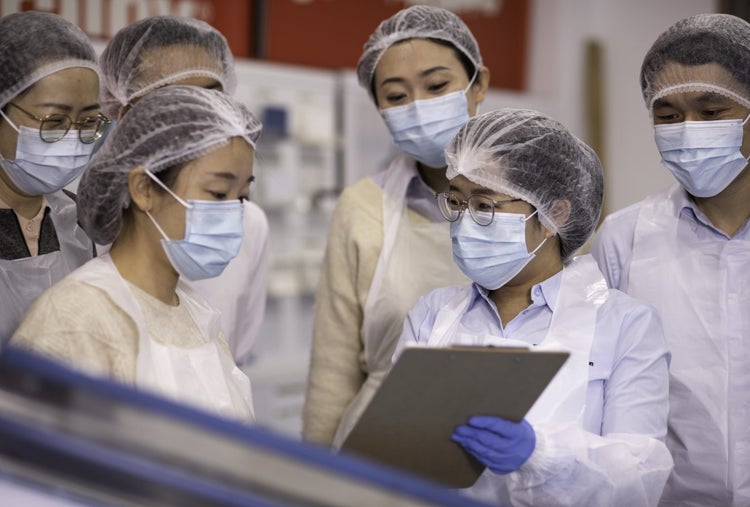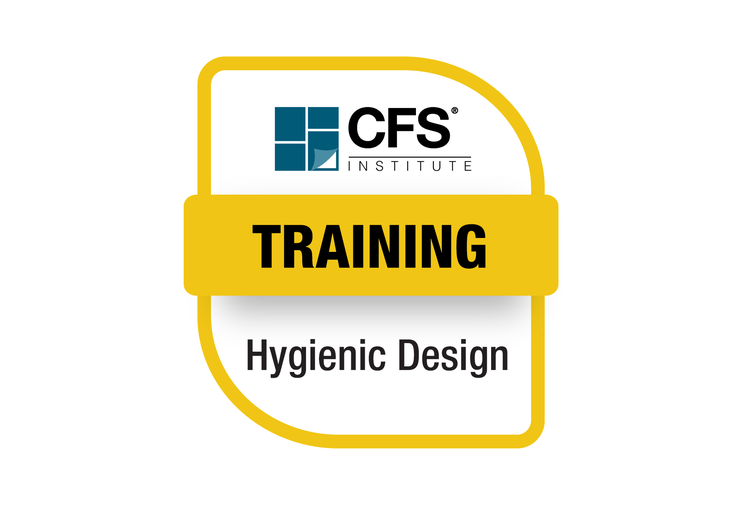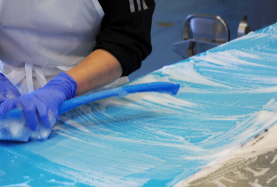
Plant Expansion Program
Maximize your growth opportunity and achieve operational excellence in your new line or plant
Ensure the hygienic design of your equipment and facility with comprehensive reviews and recommendations

Achieving operational excellence and superior hygienic design in your facility requires collaboration among Engineering, Maintenance, Food Safety, Quality Assurance, Sanitation, and People Safety.
Commercial Food Sanitation (CFS) helps food processors:
CFS supports equipment manufacturers and integrators with:
CFS Hygienic Design consulting includes:
Improving the hygienic design of your equipment or facility means safer food production. We can help.

Maximize your growth opportunity and achieve operational excellence in your new line or plant

A holistic approach to the hygienic design of equipment, infrastructure, and traffic flows in food facilities.

CFS can help your team develop and implement effective sanitation programs and controls to optimize food safety, enhance efficiency, increase productivity, and minimize downtime.